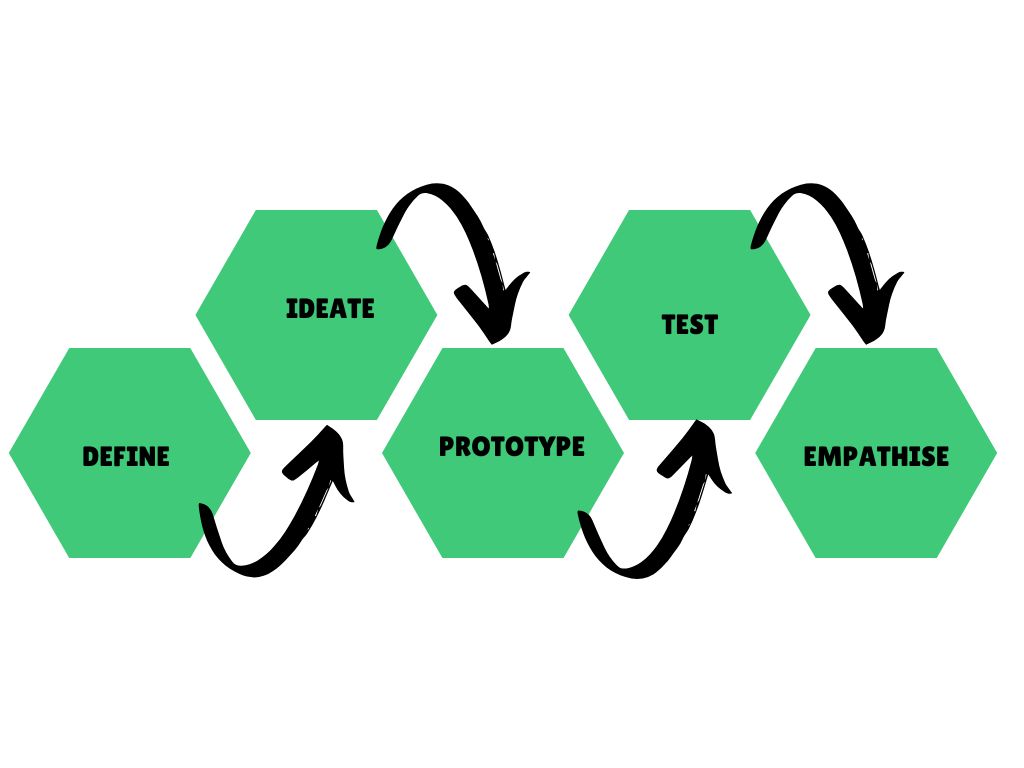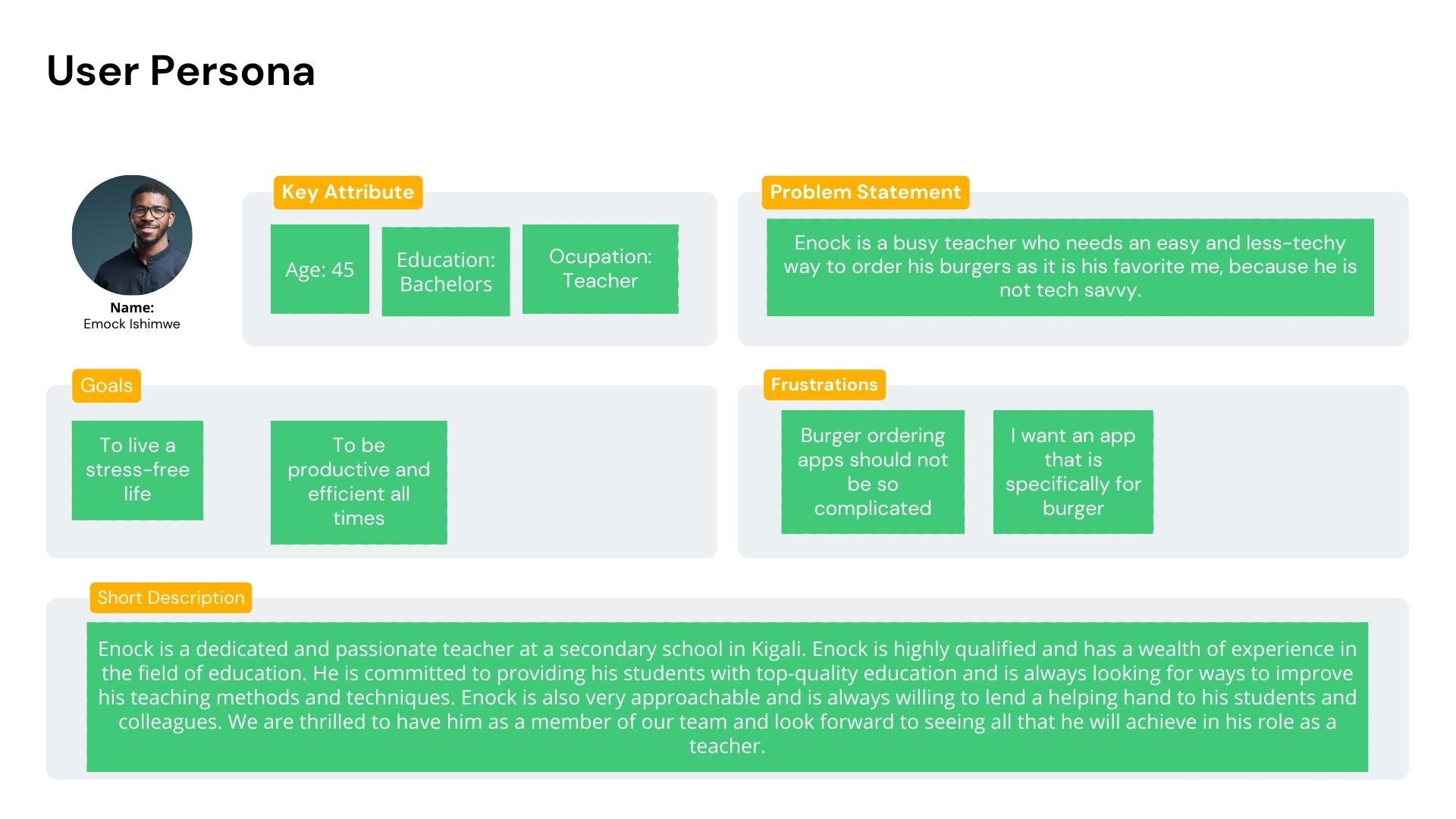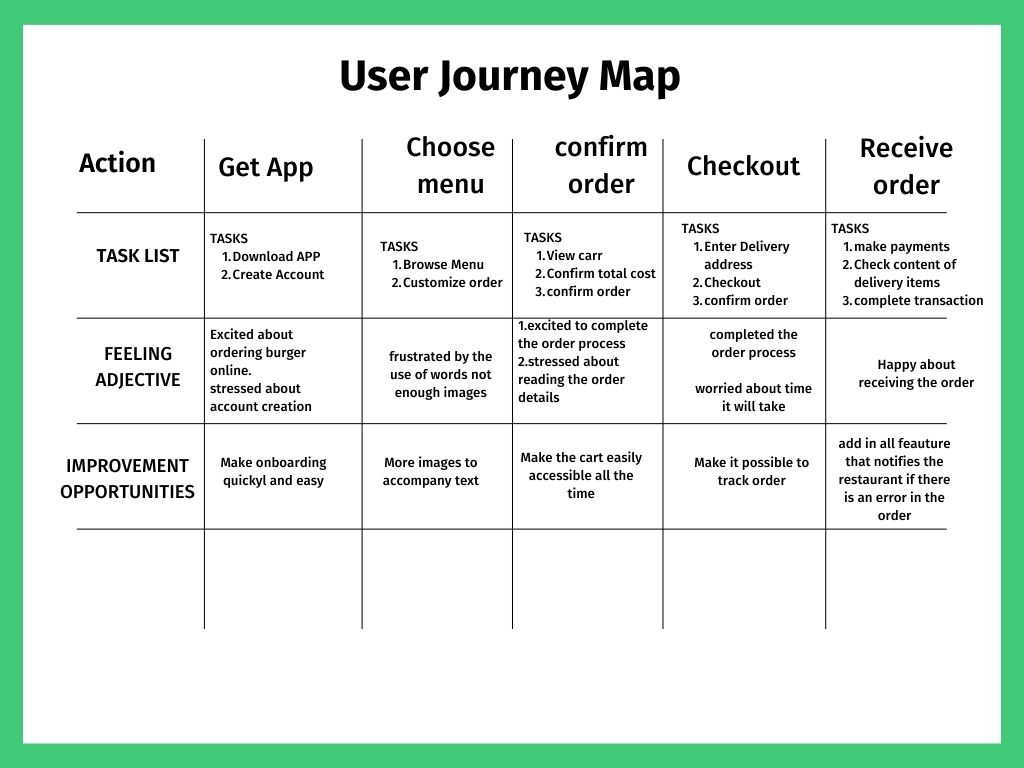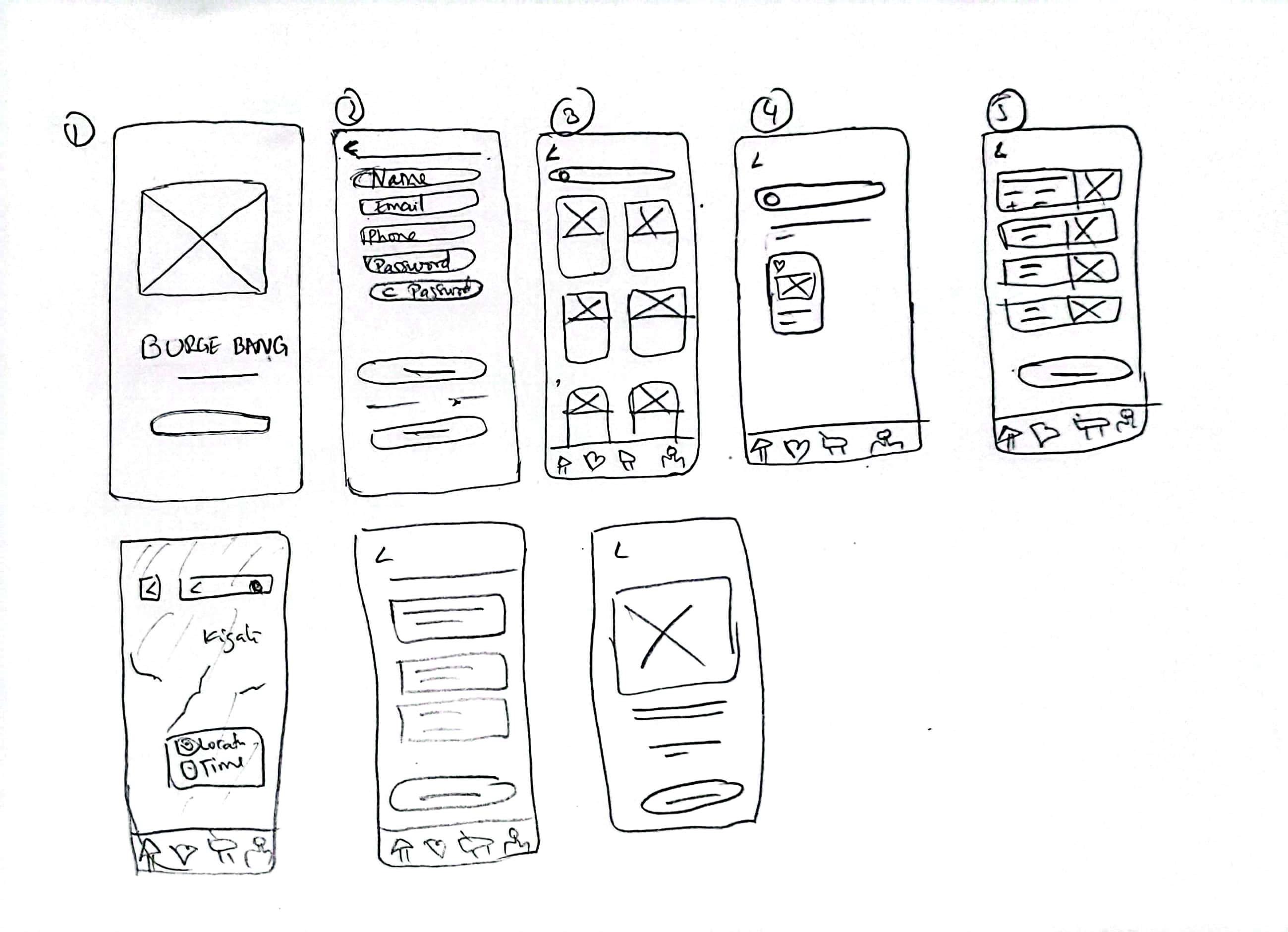

Welcome to the case study of our burger delivery app, "Burger Bang". Our app was created with the goal of providing convenient and efficient delivery services for delicious burgers straight to our customers' doors.
In today's fast-paced world, convenience is key. That's where our app comes in. With just a few taps on their smartphone, customers can have their favorite burgers delivered right to their doorstep.
In this case study, we will show you how users can browse menus, select their desired items, and track their orders in real-time. We will also explore the success and challenges of the burger delivery app.
We'll discuss everything from our target market and branding efforts to the technology that powers our platform.
So, let's dive in!
The challenge
With the busy schedules of modern life, people often struggle to find time to cook at home or even go out to a restaurant. The goal was to come up with a solution for these individuals to easily order and receive food at their own convenience. Additionally, not everyone is skilled at making a great burger at home, so the desire for a well-made burger from a good restaurant at an affordable price is understandable.
My Role
User Experience Designer responsible for the app’s design from concept to delivery.
The goal
Date
June 2022-August 2022
Design Process

Step 1: Understanding the user
User Interviews
- 5 out of the 5 participants said they are most likely to use a food ordering platform when they need to order burgers
- 4 out of 5 participants said they do not like platforms that are difficult to use.
- 2 out of 5 participants prefer to pay for after delivery.
- 1 participant, who is not fluent in English, said they dislike apps that are text-heavy.
Competitive Analysis
Pain Points
- Time
- Ease of Use
- Language Barrier
- Accessibility

User Personas

User Journey Map

Starting the Design

Paper Wireframes

Digital Wireframes

